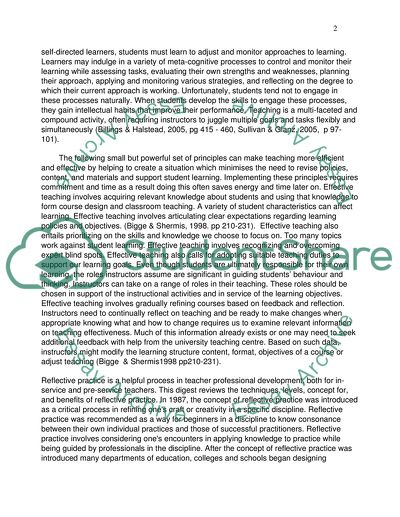Cite this document
(“The Role of the Practice Mentor Research Paper Example | Topics and Well Written Essays - 4000 words”, n.d.)
The Role of the Practice Mentor Research Paper Example | Topics and Well Written Essays - 4000 words. Retrieved from https://studentshare.org/education/1726147-the-role-of-the-practice-mentor
The Role of the Practice Mentor Research Paper Example | Topics and Well Written Essays - 4000 words. Retrieved from https://studentshare.org/education/1726147-the-role-of-the-practice-mentor
(The Role of the Practice Mentor Research Paper Example | Topics and Well Written Essays - 4000 Words)
The Role of the Practice Mentor Research Paper Example | Topics and Well Written Essays - 4000 Words. https://studentshare.org/education/1726147-the-role-of-the-practice-mentor.
The Role of the Practice Mentor Research Paper Example | Topics and Well Written Essays - 4000 Words. https://studentshare.org/education/1726147-the-role-of-the-practice-mentor.
“The Role of the Practice Mentor Research Paper Example | Topics and Well Written Essays - 4000 Words”, n.d. https://studentshare.org/education/1726147-the-role-of-the-practice-mentor.


